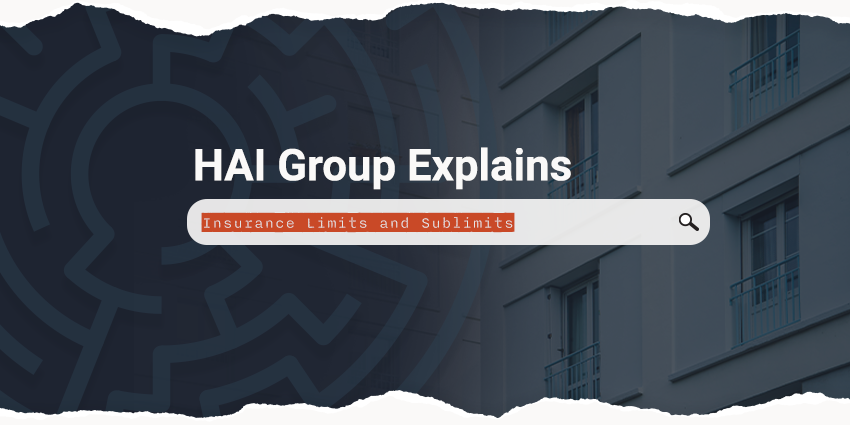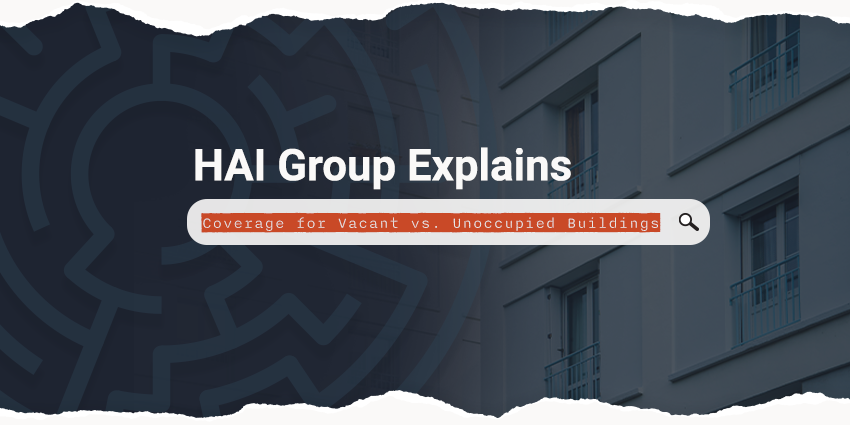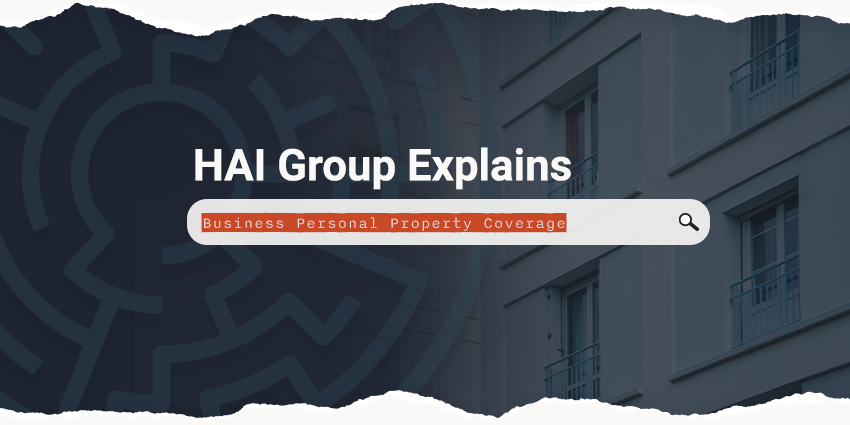Insurance jargon can often be a labyrinth for those not entrenched in the industry. Amid the terminology maze, housing organizations are frequently confronted with discussions about coverage limits and sublimits. But what do these terms actually signify? Let's embark on a journey of understanding.
Decoding insurance limits
Within every commercial property and general liability insurance policy lies the "declaration" section, which outlines the coverages offered by the policy and the associated limits. But what exactly are coverage limits?
In straightforward terms, a limit is "the maximum amount a policy will pay for the purchased coverage," said Jeff Weslow, assistant director of business development and capital solutions at HAI Group. Commercial insurance policies articulate limits on a per occurrence or aggregate basis, or sometimes both. A per occurrence limit denotes the maximum payout for a single claim or incident, while an aggregate limit represents the maximum payout within a policy period—usually a year, although carrier specifics may vary.
Pictured above: An example of how coverages and limits are outlined in the declaration section of a typical property insurance policy.

Pictured above: An example of how coverages and limits are outlined in the declaration section of a typical liability insurance policy.
Consider a scenario where an insured party holds a general liability policy with $1 million per occurrence and $2 million aggregate limits. This means that for any given liability claim covered by the policy, the maximum collectible is $1 million. Across the entire policy period, the maximum collectible sum is $2 million.
Determining these limits involves carefully considering the insured's needs, circumstances, and historical loss data, such as past claims. Angel Fear, a regional manager with HAI Group's Account Services team, notes that property and general liability policies may structure limits differently. Property policies, for instance, often hinge on the tangible value of assets, with separate coverages and limits for various components like buildings, personal property, fraud, and utility service interruptions.
General liability, in contrast, tends to be more encompassing. As Fear points out, unless explicitly excluded from coverage, general liability policies generally cover a broad range of scenarios. These policies typically have fewer coverage components explicitly detailed in declarations, making liability limits appear more straightforward and often expressed in conversations as numerical combinations like "1-2" or "2-4," where the first number signifies the per occurrence limit and the second the aggregate limit.
The sublimit layer
Sublimits, as the term suggests, never stand alone. Instead, they nestle within overarching limits. Weslow emphasizes that sublimits define the amount an insured will receive for claims associated with a specific coverage line.
Imagine a general liability policy with a 10 percent sublimit on bodily injury incidents and an aggregate limit of $2 million. In this scenario, the insured has $200,000, courtesy of the sublimit, to cover bodily injury claims. This amount, even if less than the $1 million per occurrence limit, is a cap on the sum collectible for bodily injury losses.
Meeting lender-required limits
What if a lender requires higher limits than your insurance provider can offer?
When a lender mandates insurance coverage with limits exceeding those available from your current insurance provider, it presents a situation that requires careful navigation.
Fear said it's important to open a dialogue with your insurance professional to discuss the lender's requirements. Your insurance professional can offer options or solutions to meet the heightened limits. For instance, there may be room for negotiation or clarification regarding the necessity of particular limits. Your insurance professional can also explore securing a secondary policy to fill the gap between your current limits and the lender's limit requirements. In some cases, your insurance professional may suggest an excess liability or umbrella policy that can extend coverage limits for liability claims.
"Don't hesitate to contact your insurance professional for help navigating the intricate landscape of insurance coverage," Fear said.
Interested in learning more about HAI Group's public and affordable housing insurance coverage options:
This article is for general information only. HAI Group makes no representation or warranty about the accuracy or applicability of this information for any particular use or circumstance. Your use of this information is at your own discretion and risk. HAI Group and any author or contributor identified herein assume no responsibility for your use of this information. You should consult with your attorney or subject matter advisor before adopting any risk management strategy or policy.







